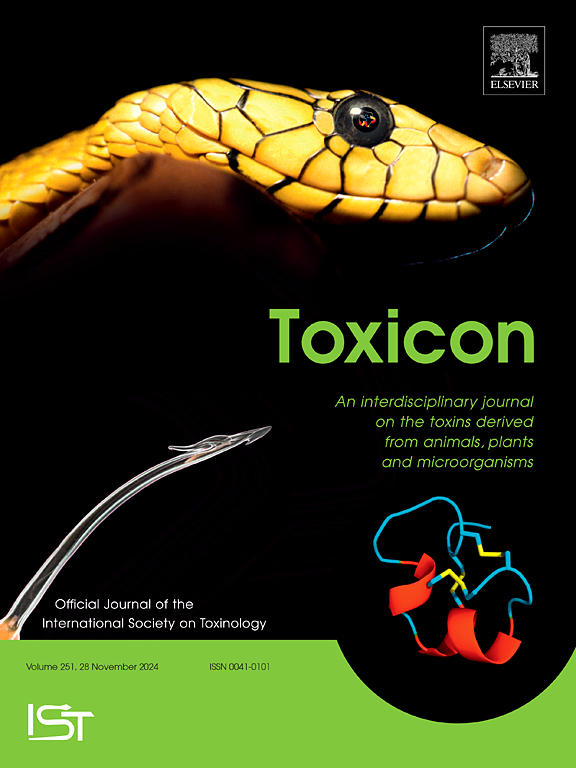Localization modalities for botulinum neurotoxin injection
IF 2.6
4区 医学
Q2 PHARMACOLOGY & PHARMACY
引用次数: 0
Abstract
Botulinum toxin is a targeted therapeutic that acts primarily at the site of injection. Various approaches have been taken to guide injection into the selected muscle, gland, organ or other body area. Guidance methodologies that can be used in the office setting for skeletal muscle and salivary gland percutaneous injection include uninstrumented manual needle placement, electromyography (EMG), electromyography with electrical stimulation (e-stim), ultrasound (US) and combined guidance (US + EMG or US + e-stim). This article reviews the advantages, disadvantages, and accuracy of each method and the impact of each guidance technique on therapeutic outcome for muscle and salivary gland injections. Overall, manual placement may suffice for large and superficial muscles, however, all instrumented techniques improve accuracy. Electromyography can uniquely provide information on muscle activity, while e-stim can aid injection in patients who cannot voluntarily activate a selected muscle. Ultrasound is the only technique that can visualize internal structures, allowing identification of a safe trajectory for injection of small or deep targets that might otherwise be inaccessible.
肉毒杆菌神经毒素注射的定位方法
肉毒杆菌毒素是一种靶向治疗,主要作用于注射部位。已经采取了各种方法来引导注射进入选定的肌肉、腺体、器官或其他身体区域。可在办公室环境中用于骨骼肌和唾液腺经皮注射的指导方法包括无仪器手动针头放置、肌电图(EMG)、肌电图与电刺激(e-stim)、超声(US)和联合指导(US + EMG或US + e-stim)。本文综述了每种方法的优点、缺点和准确性,以及每种指导技术对肌肉和唾液腺注射治疗结果的影响。总的来说,对于大肌肉和浅表肌肉,手动放置可能足够了,然而,所有的仪器技术都提高了准确性。肌电图可以独特地提供肌肉活动的信息,而电子刺激可以帮助不能主动激活选定肌肉的患者注射。超声波是唯一可以可视化内部结构的技术,允许确定安全的轨迹,以注射小的或深层的目标,否则可能无法进入。
本文章由计算机程序翻译,如有差异,请以英文原文为准。
求助全文
约1分钟内获得全文
求助全文
来源期刊

Toxicon
医学-毒理学
CiteScore
4.80
自引率
10.70%
发文量
358
审稿时长
68 days
期刊介绍:
Toxicon has an open access mirror Toxicon: X, sharing the same aims and scope, editorial team, submission system and rigorous peer review. An introductory offer Toxicon: X - full waiver of the Open Access fee.
Toxicon''s "aims and scope" are to publish:
-articles containing the results of original research on problems related to toxins derived from animals, plants and microorganisms
-papers on novel findings related to the chemical, pharmacological, toxicological, and immunological properties of natural toxins
-molecular biological studies of toxins and other genes from poisonous and venomous organisms that advance understanding of the role or function of toxins
-clinical observations on poisoning and envenoming where a new therapeutic principle has been proposed or a decidedly superior clinical result has been obtained.
-material on the use of toxins as tools in studying biological processes and material on subjects related to venom and antivenom problems.
-articles on the translational application of toxins, for example as drugs and insecticides
-epidemiological studies on envenoming or poisoning, so long as they highlight a previously unrecognised medical problem or provide insight into the prevention or medical treatment of envenoming or poisoning. Retrospective surveys of hospital records, especially those lacking species identification, will not be considered for publication. Properly designed prospective community-based surveys are strongly encouraged.
-articles describing well-known activities of venoms, such as antibacterial, anticancer, and analgesic activities of arachnid venoms, without any attempt to define the mechanism of action or purify the active component, will not be considered for publication in Toxicon.
-review articles on problems related to toxinology.
To encourage the exchange of ideas, sections of the journal may be devoted to Short Communications, Letters to the Editor and activities of the affiliated societies.
 求助内容:
求助内容: 应助结果提醒方式:
应助结果提醒方式:


